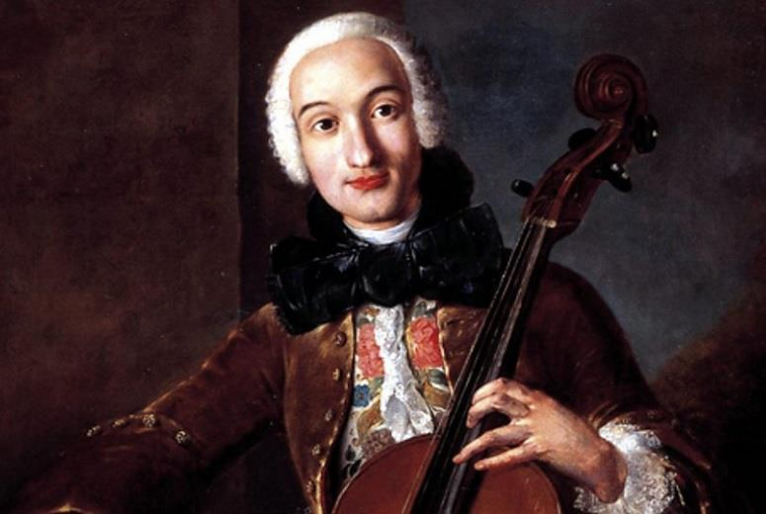
Top 10 Luigi Boccherini Songs
Luigi Boccherini (1743–1805) was an Italian composer and cellist, renowned for his elegant and charming compositions. His music, often associated with the Rococo and early[…]

Luigi Boccherini – Biography and Life
Luigi Boccherini, an Italian composer and cellist of the Classical era, left an indelible mark on the musical landscape of his time with his innovative[…]

Boccherini – Concerto for Cello and Orchestra In B flat Major
Luigi Boccherini Ridolfo Luigi Boccherini (February 19, 1743 – May 28, 1805) was an Italian composer and cellist of the Classical era whose music retained a[…]